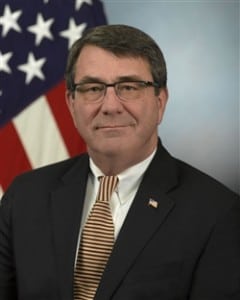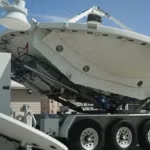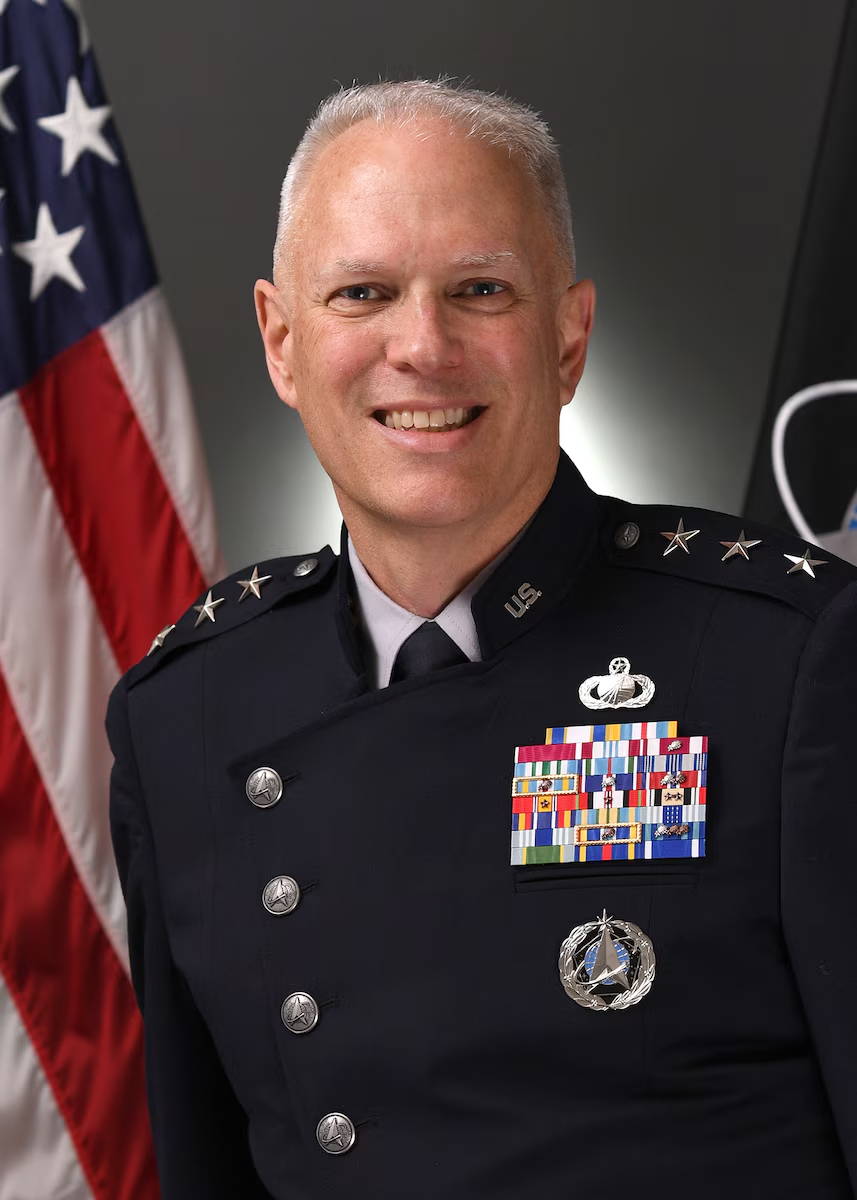
At the same time new technological innovations have arisen that transform the economy of the United States and the lives of its citizens, these advances have also created risks, which requires a renewed partnership between the Defense Department and Silicon Valley to find ways to mitigate the risks while preserving the benefits of innovation, Defense Secretary Ashton Carter said on Thursday.Carter said that “to stay competitive and stay ahead of threats, DoD mush do more. We need to better harness…

 By
By 











